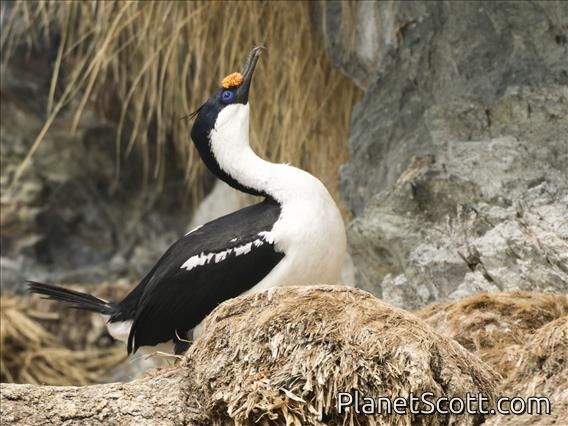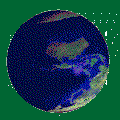Imperial Cormorant (Leucocarbo atriceps)

Imperial Cormorant (Leucocarbo atriceps)

Imperial Cormorant (Leucocarbo atriceps)

Imperial Cormorant (Leucocarbo atriceps)

Imperial Cormorant (Leucocarbo atriceps)




×





Imperial Cormorant (Leucocarbo atriceps)

Imperial Cormorant (Leucocarbo atriceps)

Imperial Cormorant (Leucocarbo atriceps)

Imperial Cormorant (Leucocarbo atriceps)
About Imperial Cormorant (Leucocarbo atriceps)
- Kingdom: Animals
- Phylum: Chordates
- Class: Birds
- Order: Pelicans
- Family: Cormorants
The imperial shag or imperial cormorant is a black-and-white cormorant native to southern South America, islands of the Subantarctic, and the Antarctic Peninsula, primarily in rocky coastal regions, but locally also at large inland lakes. Some taxonomic authorities, including the International Ornithologists' Union, place it in the genus Leucocarbo, others in the genus Phalacrocorax. It is also known as the blue-eyed shag, blue-eyed cormorant and by many other names, and is one of a larger group of cormorants called blue-eyed shags. The taxonomy is complex, and several types are treated as either subspecies or separate species.
Source: Wikipedia
Visits
-
-
2005-02-14
Puerto Deseado, Argentina -
-
2021-11-30
South Georgia Island - Grytviken, Antarctica -
-
-
-
2021-12-05
Antarctica - Elephant Island, Antarctica -
-
-
-






